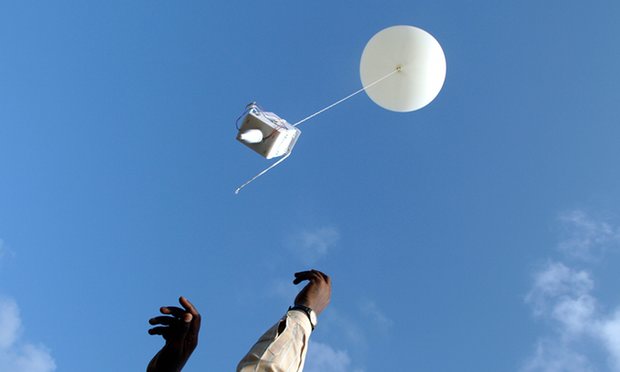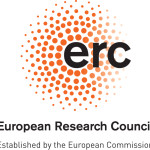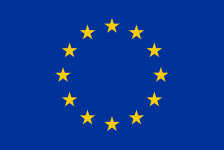Contributions are invited to Monsoon Assembly Air, the first of three annual symposia to be convened by Monsoon Assemblages, ERC Starting Grant no. 679873 at the University of Westminster in London on 21 April 2017.

The South Asian monsoon is more than an annual meteorological phenomenon. It Is an atmospheric principle that organises territory and seeps into almost every aspect of life on the Indian subcontinent – its politics, economics, infrastructure, food, sex, culture, religion and daily life. The ambition of the Monsoon Assemblages is to (i) develop an understanding of the monsoon as an environmental, political, economic and cultural agent (ii) adopt the monsoon as a template for spatial theory, analysis and design (iii) work with this template to address the twin conditions of volatility and vulnerability presented by climate change, globalisation and rapid urbanisation on the Indian subcontinent.
We live in a world where political geography and spatial planning have assumed permanent and easily observable divides between land, sea and air. Land is understood as solid, stable, divisible and the basis of human habitation; the sea is understood as liquid, mobile, indivisible, and hostile to human settlement; air is understood as gaseous, mobile, invisible and indispensable to human life. The monsoon cuts across these divisions. It inundates lived environments every year, connecting land with sea and sky. It is a spatial practice that reorganises air, water, land, settlements, cities, buildings and bodies through heat, wind, rain, inundation, flow and flood. It unites science with politics and policy with affect. Today climate change is disrupting its cycles and explosive social and economic growth and rapid urbanisation are increasing the uncertainty of its effects. How can the spatial design and environmental humanities disciplines respond to these twin conditions of volatility and vulnerability by drawing on the monsoon as a template for spatial theory, analysis and design practice?
In order to deepen its responses to these questions over the next three years, Monsoon Assemblages will convene three Monsoon Assemblies.These will be structured around the monsoon’s three material elements: Monsoon Air, Monsoon Water and Monsoon Ground. These will be one-day long symposia made up of multi-disciplinary round table discussions and a key-note address. These aim to bring together established and young scholars and practitioners from a range of disciplines, literatures, knowledge systems and practices – theoretical, empirical, aesthetic, everyday – who seldom talk to one another – to engage in conversations about monsoon aesthetics, epistemologies, histories, ontologies, practices and risks. These contributions will range from the environmental sciences, the social sciences, science and technology studies, history, the humanities, media studies, urban studies, architecture, art and design, amongst others. These conversations will be videoed and the papers presented will be published in online proceedings. The Assemblies will coincide with the annual April meetings of the Monsoon Assemblages Advisory Board.
Monsoon Assembly Air
21st April 2017 , 35 Marylebone Road, University of Westminster, NW1 5LS, London.
Monsoon Assembly Air will interrogate questions of monsoon atmospheres, depressions, winds, cyclones, clouds, onsets, temporalities and forecasts; of birds, seed dispersal, dust, aerosols and fragrances; of monsoon sounds and music; of monsoon wind driven trading systems; of monsoons on the air and in the media; of the many systems and technologies through which knowledge of monsoon air is produced – religious, cultural, political, scientific, everyday. We also wish to address questions of urban monsoon airs – heat islands, the micro-politics of life performed by air, bodily airs, air-conditioning, air-pollution, air-ports and air architecture.
Contributions are invited in response to this provocation. They should take the form of 150 – 200 word abstracts for either papers or creative, practice based contributions such as performances, musical compositions, photography or video.
These should be sent to Zahra Mohamed Saleh at z.saleh@westminster.ac.uk by 15 January 2017. Abstracts will be reviewed by theMonsoon Assemblages project team and authors will be notified by 15 February 2017 whether their contributions will be included in a round table or not. The assembly will take place on 21st April 2017 on the Marylebone Campus of the University of Westminster in London. Contributors will be asked to submit their work as 3,000 – 5,000 word working papers, photo essays or other materials for publication in the online proceedings of the event. These could be developed for the culminating Monsoon Assemblages conference and exhibition, to take place at the University of Westminster in 2020 that will result in refereed conference proceedings. For further information, contact Lindsay Bremner, PI of Monsoon Assemblages at l.bremner@westminster.ac.uk

